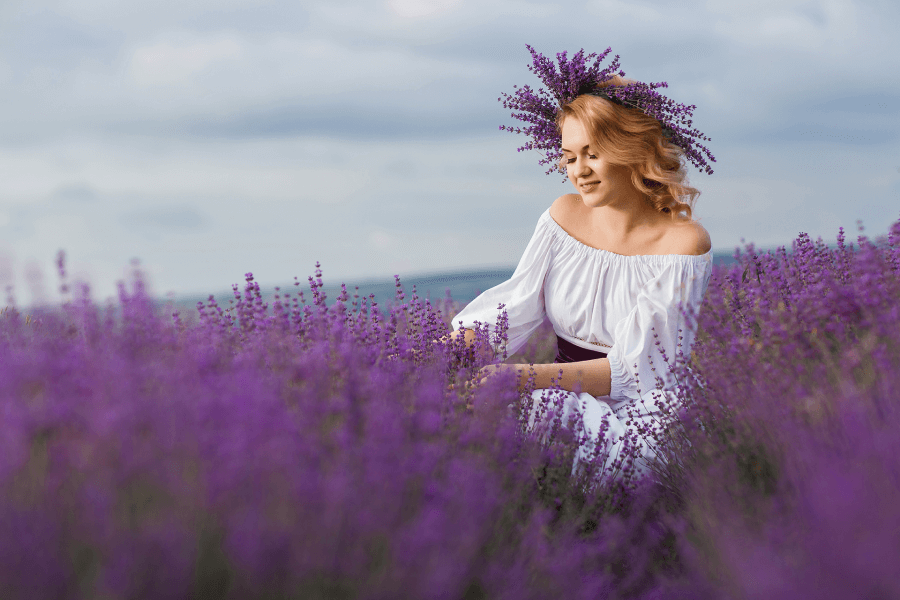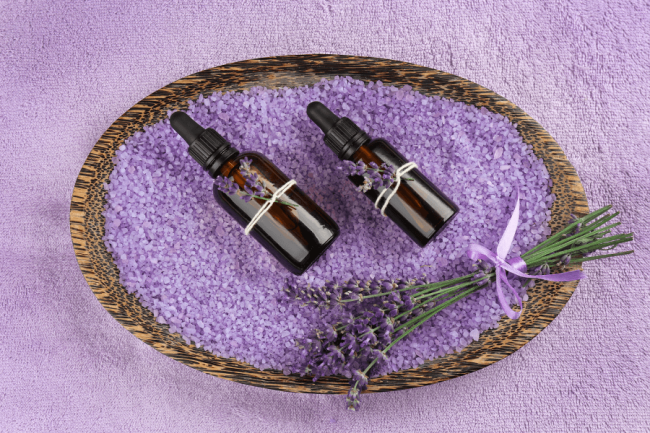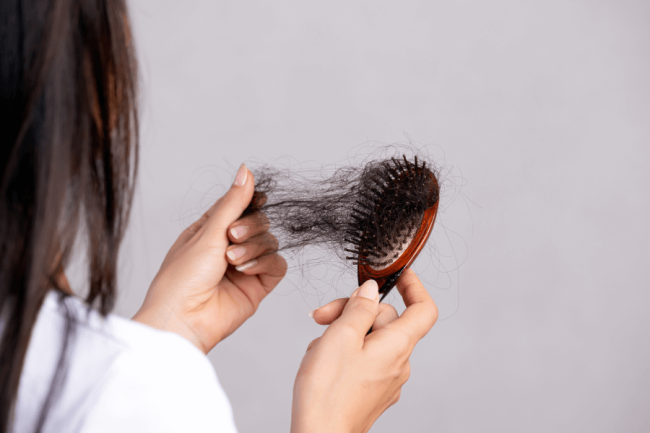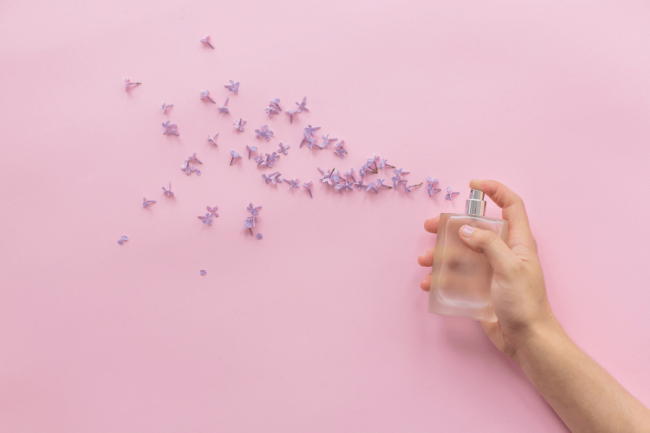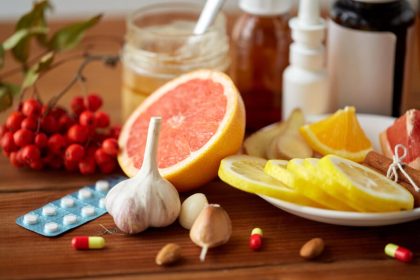Lavender Medicinal Plant, with its amazing scent and stunning purple blooms, is not just a treat for the senses but also a powerhouse of medicinal properties.
This versatile plant has been cherished for centuries for its healing capabilities and continues to be a popular choice in modern natural medicine.
It is an herb popular in northern Africa and the mountainous regions of the Mediterranean. Medicinal uses may include helping with mood, anxiety, and depression.
Overview of Lavender
Lavender (Lavandula) is a genus of 47 known species of flowering plants in the mint family,
The most commonly used species in medicinal and aromatherapy applications is Lavandula angustifolia, often referred to as English lavender.
Medicinal Uses Properties of Lavender
Antioxidant and Anti-inflammatory Effects
Lavender is packed with antioxidants, which help protect the body from damage caused by free radicals.
These antioxidants play an important role in reducing inflammation and preventing chronic diseases. The plant’s anti-inflammatory properties make it beneficial for soothing irritated skin and reducing swelling in conditions like arthritis.
Effects on the Nervous System (Anxiety)
Lavender Medicinal Plant is renowned for its calming effects on the nervous system. Its aroma has been shown to reduce anxiety, improve mood, and promote relaxation.
The oil is frequently used in aromatherapy to help alleviate stress, anxiety, and even symptoms of depression. It’s also known to improve sleep quality, making it a popular natural remedy for insomnia.
Researchers have also found Trusted Source that lavender scent may help anxious dental patients.
Antimicrobial Properties
Lavender Medicinal Plant has significant antimicrobial and antifungal properties, which make it effective in combating various infections.
It has been used traditionally to treat wounds, burns, and insect bites, preventing infection and promoting healing. Its antifungal capabilities are particularly useful in treating conditions like athlete’s foot and ringworm.
Benefits of Lavender
Therapeutic Uses in Aromatherapy
In contemporary holistic health, lavender medicinal plant essential oil is a cornerstone of aromatherapy. It is used to relieve stress, anxiety, and depression.
Diffusing lavender oil in your home can create a calming atmosphere, while adding a few drops to your pillow can improve sleep quality.
Skincare and Beauty Applications
Lavender’s soothing and healing properties make it a popular ingredient in skincare products.
It helps treat acne, soothe irritated skin, and reduce the appearance of scars and wrinkles.
Lavender-infused oils and creams can provide relief from sunburn and eczema, while its antibacterial properties help keep skin clear and healthy.
Fungal infections
A study in the Journal of Medical Microbiology found that the oil could fight antifungal-resistant infections.
The researchers found that the oil killed a range of fungal strains that can cause skin infections.
In this study, the essential oils from the Lavandula genus of the lavender plant destroyed the membranes of fungal cells.
The study showed that lavender medicinal plant oil is very effective against fungi.
Hair loss
Lavender Medicinal Plant may help treat alopecia areata. This is when hair falls out from different parts of the body.
Research from 1998 shows that lavender can promote hair growth by up to 44 percent after 7 months of treatment.
In a recent study, researchers found that applying the oil to the backs of mice helped promote hair growth over four weeks.
Uses and Recipes
Beyond its medicinal and aromatic uses, lavender is also a delightful culinary herb. Its flowers and leaves can be used fresh or dried in a variety of dishes, adding a unique floral flavor.
Lavender Medicinal Plant is often used in baking, infusing sugar, honey, or syrup, and even in savory dishes like roasted meats and vegetables. A simple lavender tea can provide a calming beverage, while lavender-infused lemonades and cocktails offer a refreshing twist.
Scientific Research on Lavender
Recent scientific research has begun to validate many of the traditional uses.
Studies have shown that lavender essential oil can significantly reduce anxiety levels in patients undergoing dental procedures and improve sleep quality in individuals with insomnia.
Its antimicrobial properties have been confirmed in laboratory settings, demonstrating its effectiveness against a range of bacteria and fungi.
Clinical Trials and Potential Health Benefits
Clinical trials have explored lavender’s potential in treating conditions like generalized anxiety disorder (GAD), postoperative pain, and even alopecia areata (an autoimmune condition causing hair loss).
The results are promising, with many studies showing significant improvements in symptoms and overall quality of life for participants using lavender-based treatments.
Safety and Precautions
While lavender medicinal plant is generally considered safe, it can cause allergic reactions in some individuals. Symptoms may include skin irritation, nausea, or headaches.
It’s important to perform a patch test before using lavender oil topically. Additionally, ingesting large amounts of oil can be toxic and should be avoided.
Recommended Dosages and Guidelines
For most adults, lavender medicinal plant is safe when used in moderation. For aromatherapy, a few drops of essential oil in a diffuser are sufficient.
When applied topically, it should be diluted with a carrier oil to avoid skin irritation. For internal use, such as in teas, it’s best to follow recipes and not exceed recommended amounts.
Interactions with Medications
Lavender Medicinal Plant can interact with certain medications, particularly those that cause drowsiness, such as benzodiazepines and central nervous system depressants.
It’s advisable to consult with a healthcare provider before using lavender if you are taking these medications or have any underlying health conditions.
How to Add Lavender into Your Routine
Simple DIY Recipes
Incorporating lavender into your daily routine can be simple and enjoyable. Here are a few easy DIY recipes:
Lavender Sleep Spray: Combine distilled water, witch hazel, and a few drops of lavender essential oil in a spray bottle. Spritz on your pillow for a restful night’s sleep.
Lavender Infused Oil: Fill a jar with dried lavender flowers and cover with a carrier oil like olive or almond oil. Let it sit for a few weeks, shaking occasionally. Strain and use the oil for massages or in homemade skincare products.
Lavender Lemonade: Boil water and sugar to make a simple syrup, then add dried lavender flowers and let steep. Strain, mix with lemon juice and water, and enjoy a refreshing lavender lemonade.
Choosing the Right Lavender Products
When purchasing lavender medicinal plant products, quality matters. Look for 100% pure essential oils and organic dried flowers to ensure you’re getting the best therapeutic benefits.
Be wary of synthetic fragrances labeled as “lavender,” as they do not provide the same medicinal properties.
Tips for Growing and Harvesting Lavender
Growing your own lavender can be a rewarding experience. Choose a sunny spot with well-drained soil. Lavender plants are drought-tolerant and require minimal watering once established.
Harvest the flowers just as they begin to open for the best fragrance and potency. Dry the flowers by hanging them in small bunches upside down in a dark, well-ventilated area.
Future Directions in Lavender Research
The future research is exciting, with ongoing studies exploring its potential in treating neurological disorders, improving cognitive function, and even its anti-cancer properties.
Innovative uses in technology, such as lavender-infused fabrics and materials, are also being explored.
FAQs
How to Use Lavender
Lavender Medicinal Plant can be used in a variety of ways, from aromatherapy and skincare to culinary delights. Essential oils, dried flowers, and tinctures are the most common forms.
Why Use Lavender in Treatments?
Lavender Medicinal Plant is favored in treatments for its versatility and wide range of health benefits, including reducing anxiety, improving sleep, and healing skin conditions.
What are the Recommendations?
For those new, start with small amounts to ensure you don’t have any adverse reactions. Add it into your routine through simple DIY projects, and always choose high-quality products for the best results.

